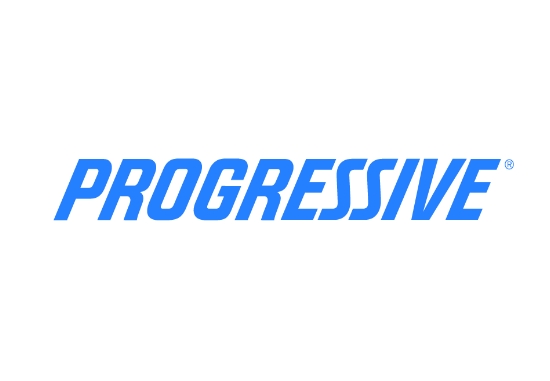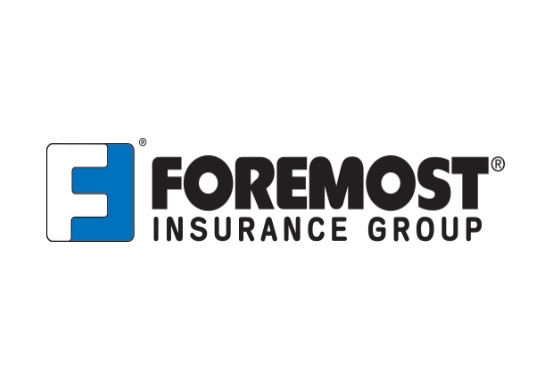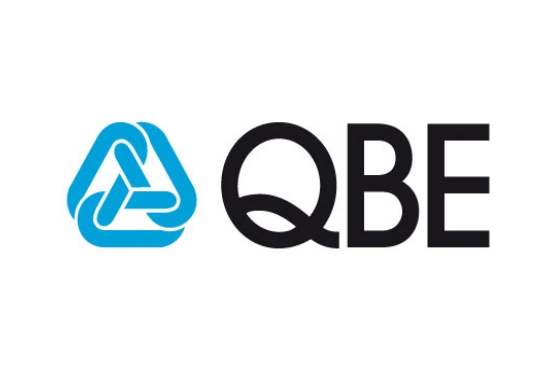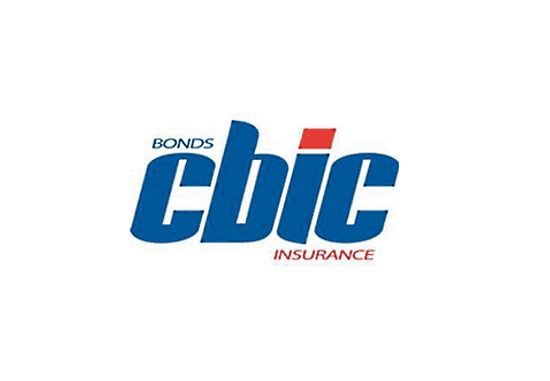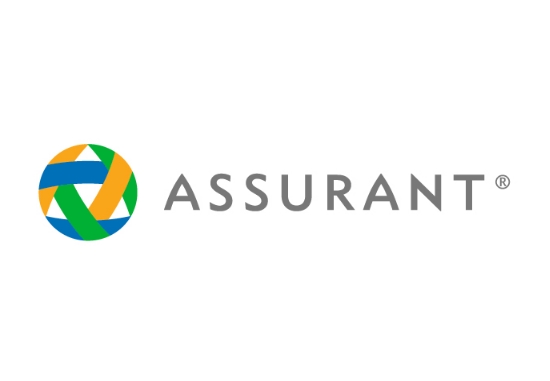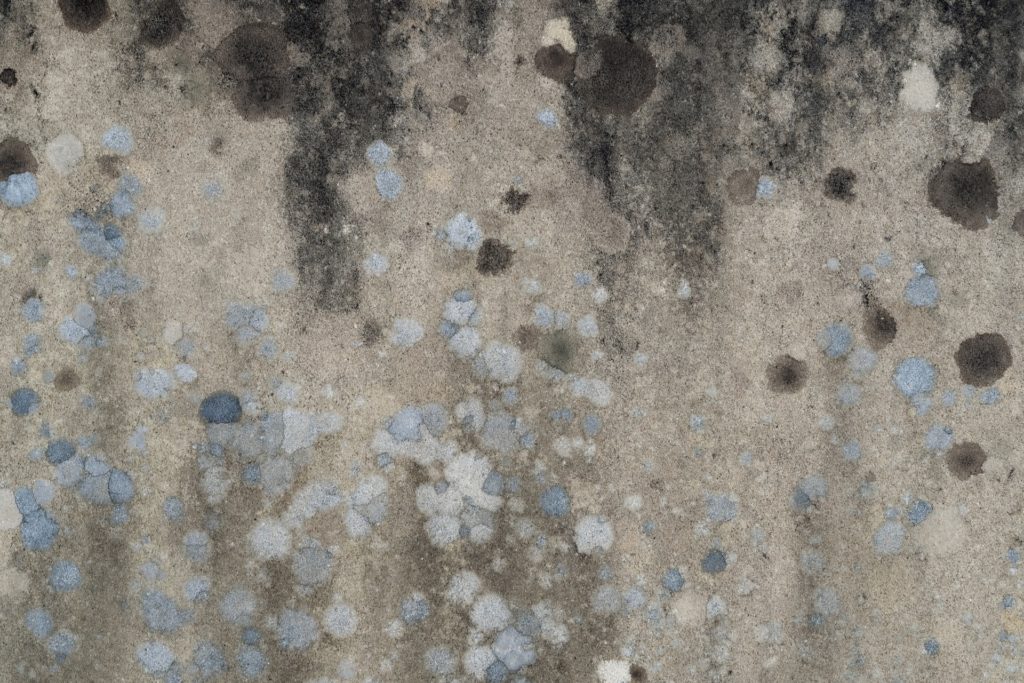
Protecting Your House From Mold
In your fight to keep your home free from mold, your best defense is a strong offense. To prevent the growth of mold, keep moisture out of your home. Watch out for the first signs of mold growth, including musty smells and watermarks on your ceilings and walls.
If you catch it in its early stages, you can typically remove mold by washing it thoroughly with a solution of water and bleach. To keep mold from growing back, you must attack it at the source: moisture. Eliminate all moisture by promptly drying the areas you wash as you clean (you may need to repeat this process several times). Be sure to bag up and throw away all materials that have moldy residues after cleaning, like paper, rags, and debris.
Mold, just like insect infestations and rot, isn’t often covered by homeowners policies. Your homeowners policy probably covers accidental and sudden disasters. These policies don’t cover the costs of home cleaning and maintenance. However, if your mold resulted from a covered event like a burst pipe, you could be compensated for the expense of eliminating your mold.
The Centers for Disease Control and Prevention (CDCP) say that mold exists everywhere. It grows throughout the year and is found indoors and out. Outdoors, mold often grows in damp, shady areas (and in the ground). Indoors, mold grows in humid and moist areas like kitchens, basements, and bathrooms. It’s often found on ceilings and the insides of walls; water from leaking pipes, windows, or roofs can gather in these places. Most kinds of mold don’t harm humans; however, the CDCP says certain types of mold produce allergies with symptoms similar to hay fever. If anyone in your family has mold symptoms, see your physician immediately. Remember –mold exposure symptoms could also be caused by other illnesses.
Experts suggest you take these steps to prevent mold from growing in your house:
Lower Your Home’s Humidity
- Keep your home’s humidity level between 30% to 60% with air conditioners and dehumidifiers.
- Install bathroom and kitchen exhaust fans.
- Don’t put carpets in moist areas like bathrooms and basements.
- Don’t allow water to accumulate underneath your house plants.
Buy Mold-Reducing Cleaning Products
- Clean your bathrooms with a bleach solution or use mold-killing cleaning products.
- Before application, put mold inhibitors in your paint.
Keep Your Belongings Dry – And Your Home!
- Inspect your pipes, fittings, and hoses. Most water hoses cost only five to ten dollars. Replace all water hoses connected to your major appliances (especially clothes and dish washers) every 5 years:
- Water Dispensers and Ice Makers in Refrigerators
- Water Heaters
- Clothes Washers
- Dishwashers
- Bathroom and Kitchen Sinks
- Bathroom Toilets
- Clean your gutters regularly.
- Maintain and inspect your roof, so water doesn’t seep in.
What to Do After Flooding and Other Types of Water Damage
- To prevent mold growth, thoroughly dry out or remove your soaked carpets, carpet pads, and any affected upholstery in the first day or two after flooding. If you can’t dry an item out, you must throw it away.
- Get rid of standing water immediately. Standing water breeds many microorganisms; if they become airborne, you could inhale dangerous fumes.
- Wash and sanitize all flooded areas, including floors, walls, closets, and shelves. Also, check for moisture in your air-conditioning and heating systems.
All you have to do is fill out the form below and we’ll do the rest.
We will find the best business insurance tailored to your needs. Read more…
- Is Motorcycle Insurance More Expensive Than Car Insurance?
- M Completes an Application for Life Insurance
- The Application Process
- Life Insurance for Different Life Stages
- Determining Coverage Needs
- Types of Life Insurance Policies: Which One Fits You
- What’s the Best Life Insurance for Your Situation?
- Think You Can’t Qualify for Life Insurance? Think Again.
- Long Term Care Is Expensive – Here’s How to Prepare Now
- How to Guarantee Income for Life with One Simple Move
- Want Tax-Deferred Growth You Can Count On?
- Supplement Your Retirement Income Tax-Free – Here’s How
- Lifetime Coverage, Guaranteed
- Return of Premium: How to Get All Your Money Back
- Why Term Life Insurance Might Be All You Need
- What Is the Rule of 72 in Life Insurance?
- What Is the Rule of Thumb for Life Insurance Needs?
- Who gets life insurance payout after death?
- What Type of Death Is Not Covered by Life Insurance?
- Life Insurance Riders: Customizing Your Policy
- The Role of Life Insurance in Estate Planning
- Life Insurance for High-Risk Occupations: What You Need to Know
- The ‘Slayer Rule’ and Its Impact on Beneficiaries
- Joint Life Insurance Policies: Pros, Cons, and Best Use
- Life Insurance for Veterans
- Do You Have to Report Life Insurance Payout on Taxes?
- Health Insurance for the Rich
- What Is the Cash Value of a $100,000 Life Insurance Policy?
- Is Return-of-Premium Term Life Insurance Worth the Extra 20%
- Compare Life Insurance Quotes Instantly — Get the Best Deal
- When Is Term Life Insurance No Longer Cost‑Effective?
- How to Convert Your Term Life Policy to Permanent Coverage
- Top 7 Riders to Add to Your Term Life Insurance for Extra Protection
- What Does “Level Premium” Mean on Your Term Life Policy?
- How to Get Term Life Coverage Without a Medical Exam
- Term vs. Whole Life: Why 20-Year Term Is Best for Young Families
- Life Insurance for Single Moms: Secure Your Family’s Future
- 5 Secrets to Lock in the Lowest Term Life Rates in 2025
- How to Qualify for a $10/Month Term Life Insurance Policy at Age 30
- Mobile Home Insurance in Montana
- Why Is Chevy Cruze Insurance So Expensive?
- Why Is Toyota Tacoma Insurance So Expensive?
- Why Is the Ford Focus So Expensive to Insure?
- Why Is a Toyota Corolla So Expensive to Insure?
- Why Is Honda Accord Insurance So Expensive?
- Why Is Auto Insurance So Expensive?
- Why Is Motorcycle Insurance So Expensive?
- What is the Average Cost of Homeowners Insurance in the US?
- Does a Gas Pipe Need to Be Bonded? Guide to Gas Pipe Bonding
- What Does It Mean When a Vehicle Needs to Be Bonded?
- Cargo Insurance: Protect Your Goods in Transit
- Fine Art Insurance: Protecting Your Priceless Collection
- Defect Liability Period vs Warranty: Differences
- Pollution Liability Insurance
- Medicare Missoula: Navigating Medicare in Missoula, Montana
- Montana Motorcycle Insurance Law
- Montana Boat Insurance: Protect Boat on Montana’s Waters
- Insured Titles Missoula: Essential Title Insurance
- Travel Medical Insurance Travel to Europe
- Dental and vision insurance
- Comprehensive Guide to Visions Insurance
- How to Ask for Compensation for Inconvenience
- Average Birth costs without insurance
- How much is birth without insurance 2023
- Moped insurance
- Flood Insurance
- Understanding FR-44 Insurance: Requirements and Implications
- Insurance for Salvage and Rebuilt Title Vehicles: What You Need to Know
- Protection of Your Valuables: All About Jewelry Insurance
- Comprehensive Hazard Insurance: Protecting Home and Assets
- Creating a Business Plan: Example and Strategies
- Why do insurance companies ask how many cars in household
- Is it Illegal to Have Two Home Insurance Policies?
- The Role of a Health Insurance Broker
- Understanding Condo Insurance (ho6): What You Need to Know
- Understanding Loss of Use Coverage
- Dwelling Coverage: How Much Do You Need for Home Insurance?
- Home During Renovations: Understanding Home Insurance
- Protect Your Rental Property with Landlord Insurance
- Teachers home insurance
- liquor liability insurance for wedding
- Personalized Insurance Brokerage Services
- Find a Reliable Insurance Broker Near You with Our Agency
- Insurance Broker vs Agent: Understanding the Differences
- Understanding Gap Insurance: What It Is and Why You Need It
- All About Dental Insurance – Everything You Need to Know
- Buy Dental Insurance Online – Get a Quote and Purchase
- Is cyber liability insurance worth it
- Disability Insurance: Protecting Your Income When You Need
- Difference Between Liquor and Host Liquor Liability?
- Host Liquor Liability Insurance
- Protect Your Loved Ones with Affordable Term Life Insurance
- Protect Your Business with Expert Insurance Broker
- Landlord Insurance vs Homeowners Insurance
- A Complete Guide to Term Life Insurance: Benefits and Types
- Protect Your Equine Investment with Horse Trailer Insurance
- Best Pet Insurance Plans for Your Furry Friend | Compare Now
- Find the Best Health Insurance Coverage with THAgency
- Protect Your Family with Comprehensive Family Insurance
- Protect Your Travel Plans with Hurricane Travel Insurance
We will compare quotes from trusted carriers for you and provide you with the best offer.
Protecting your future with us
Whatever your needs, give us a call, have you been told you can’t insure your risk, been turned down, or simply unhappy with your current insurance? Since 1995 we’ve been providing coverage to our customers, and helping people across United States.

